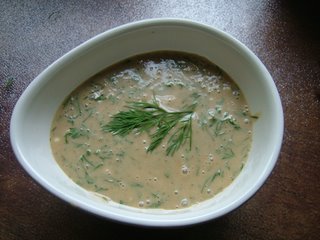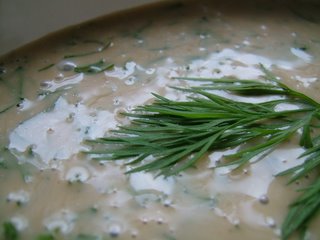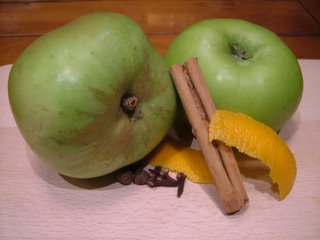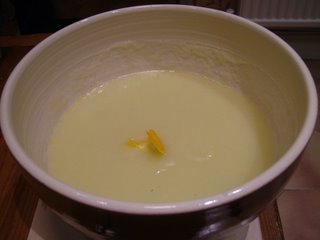You’ve tried this before – it’s the crunchy, raw vegetable relish served in many Thai restaurants. I served it alongside some sweet chilli sauce with Thai pork toasts. It’s very easy, and can be prepared in minutes, so if you’ve a little time, try shaping your vegetables. Somehow a carrot tastes about 300% nicer if it’s approximately flower-shaped.
The sauce is delicious with rich dishes like the pork toasts; it’s fresh, sweet and sharp, cutting through the intense savouriness of the little toasts. I didn’t use any chilli in this recipe, but if you’d like your sauce to be spicy, take a red chilli, shred it finely and add it to the rest of the vegetables.
You’ll need:
2 carrots
½ cucumber
1 shallot
1 cup rice vinegar (available in some supermarkets and all oriental grocers)
⅔ cup caster sugar
Put the vinegar and sugar in a pan over a low heat, and stir until all the sugar has dissolved. Remove from the heat and set aside.
While the vinegar mixture is cooling, dice the vegetables into even-sized pieces. Exercise your artistic side if you like, and cut them into shapes. I cut mine freehand, but you can buy minuscule aspic cutters online and in kitchen shops – they’re like fairy cookie cutters, and if you’re like me, they’re pretty irresistible. Slice the shallot into thin slices.
Pour the cooled sugar and vinegar mixture over the diced vegetables. Serve immediately.





